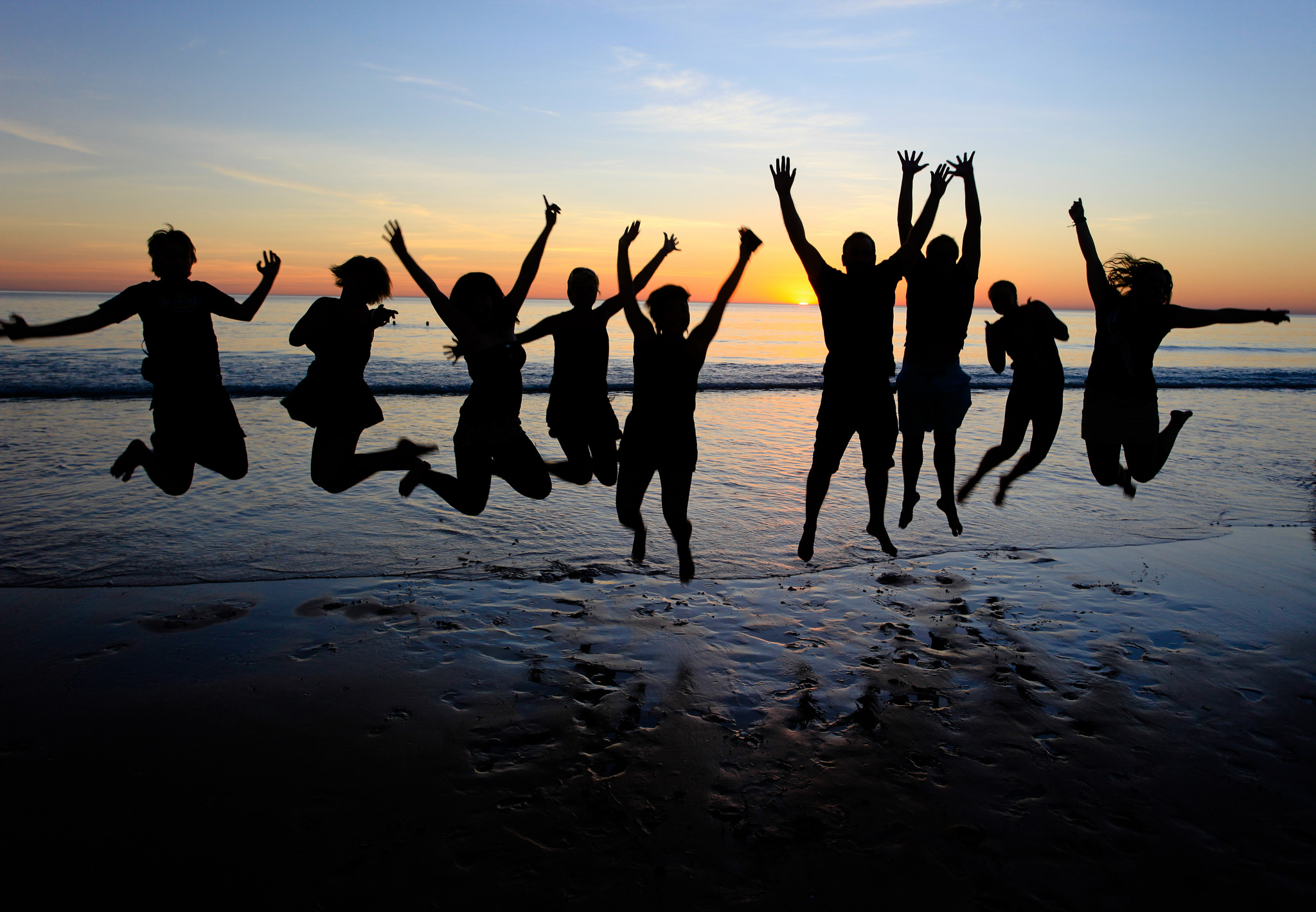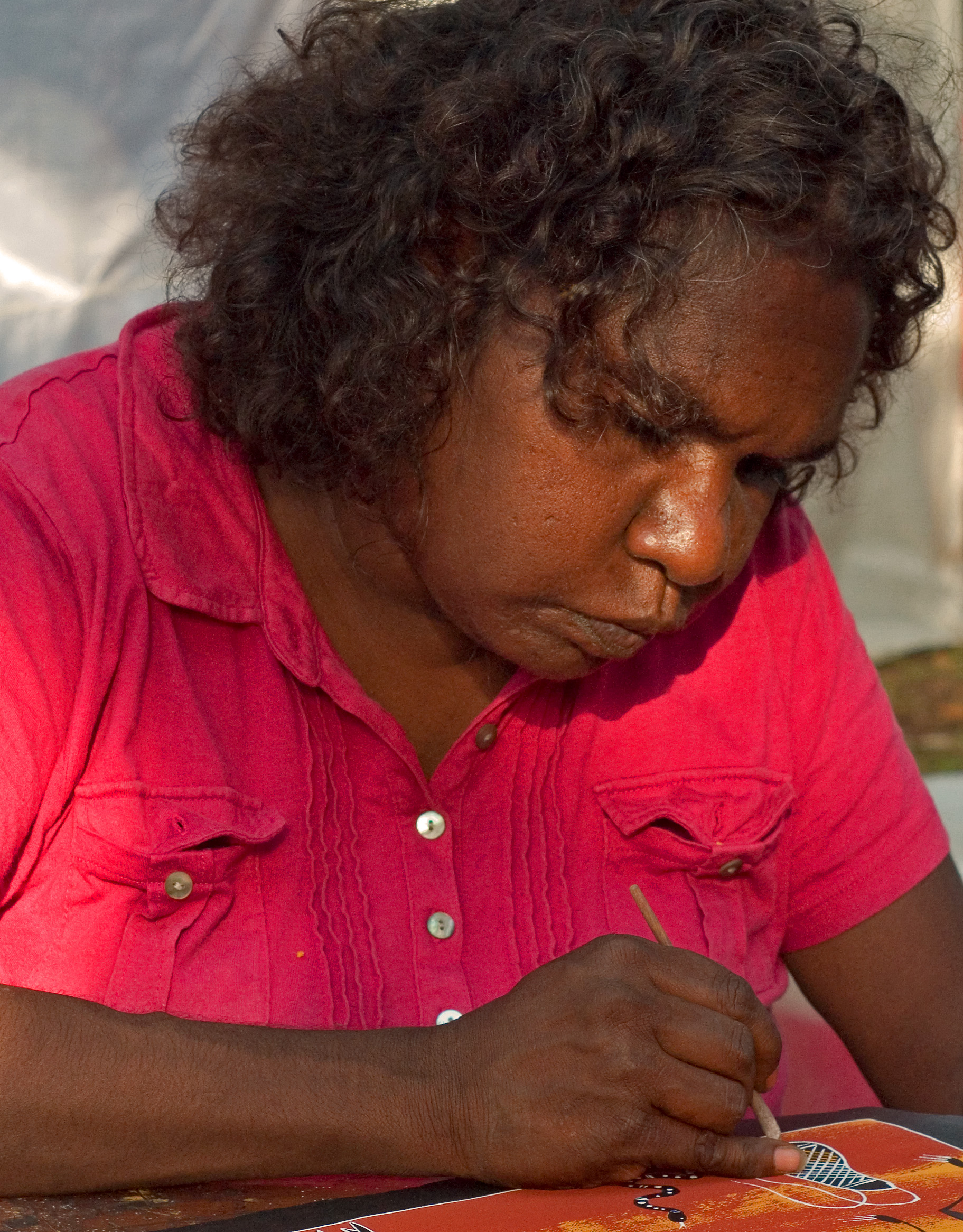We are the Australians, we have the power

Aboriginal writer Bruce Pascoe makes the case for the real and present value of Indigenous culture to the country at large
Published 13 April 2016
Waleed Aly, writing in The Age recently, wondered about Australia’s vicious response to the most polite suggestion that this land was invaded rather than settled. Intelligent people crumple their brains to construct sophist arguments to reassure Australia that it has an innocent, even heroic, history.
There was a war for possession of the soil. Aboriginal people lost it. Aboriginal people did engage in primary production and sophisticated government. Australia turned its back on that in the colonial era and deny it today.
We can still see the foundations of large houses burnt down as a routine policy by settlers anxious to gild their land-grab with legitimacy. We can still see the dams built by Aboriginal people, even if we have to remove the extensions added by Europeans. We can still see the arms of ancient fish traps on tourist beaches, and we can still see the four pieces of the massive granite spire that proclaimed to the entire Bega valley that Baiame was looking over them.
The history has not gone away – we just choose not to see it.
The centrality of women
Some 32,000 thousand years ago a woman collected a handful of seeds. Maybe she lay awake that night pondering the potential of the little grains but once she had confirmed her suspicions she added water and heat to the flour and invented bread.

It’s probable that the invention is much older, but we’re not sure because we’ve only expended the intellectual effort to DNA test one grinding dish from Cuddie Springs, three years ago.
But we do know the woman conducted that alchemy 17,000 years before the next woman on Earth who tried it. That other woman lived in Egypt, where we still send our best and brightest archaeologists to investigate the pyramids, a task as important as one more critical text on Shakespeare’s play Macbeth.
I have walked slowly past the world’s most famous art and pondered the swords, the boiling oil, the wrack, the torture of infidels, the glorification of paedophile priests and kings, and never failed to be transported back to my own culture where, instead of men ruling the world with violence, woman is central to the whole of life, where men cannot begin to speak without saying the words, Bingyadyan ngalu birgun nudjarn jungarung, (We arise from the mother’s heartbeat).
There are depictions in Aboriginal art of the killer boomerang and the spear in association with imprecations about the importance of keeping the lore but the dominant images are incredibly gentle: a row of bats hanging from a tree to teach us about the importance of family, fish and kangaroo to teach us about conservation, beings floating in space with their legs folded back at the knee to impress upon us the importance of dream and the wonders it reveals.
This land
Our culture’s reliance on agriculture is displayed in the names we give ourselves. The people of the interior often gave themselves the name of panara or derivatives of that word because it means grass, that is, we are the people who harvest grass seed. The Dharug of western Sydney called themselves after the name of the yam, the staple of their diet.
Aboriginal song is crowded with the importance of preparing and sharing food. Women of the centre dance with a repeated action representing the broadcast of seed, women south and east of the Great Dividing Range dance with their yam sticks.

All the riches of the oldest human culture on earth is available to Australians; very little of it is prohibited to the uninitiated or those of a different race. We’re not inviting a second dispossession of our culture but an awakening of the nation to the land itself. We can all love it and care for it, we can love and care for each other.
We need non-Aboriginal Australians to love the land.
We must not quell the impulse to see the bush and the beaches as any Australian’s heritage because without that identification to the soil those questing souls remain restless and dangerous spirits, uncommitted to the protection of the continent.
Any Australian can climb Gulaga Mountain in New South Wales and visit the seven chapters of Yuin lore. Women can walk to the summit if they wish but men can go no higher than the gallery of granite tors. It is on the walk through those tors that the gentleness of Aboriginal culture is most apparent.
You enter by the forms of Nyaadi, the woman, you pass Tunku the man who is second and then you pass the pregnant woman and it is culturally appropriate to rub her swollen belly. The next chapter is the baby being carried on its mother’s back. Look at that child’s eyes and, if you are a parent, allow yourself to be engulfed by the memory of your own children’s birth. Where are the swords and war machines, where are the gilded halls of selfish men, where are the severed heads of people who disagreed with the king? On Gulaga Mountain you are invited to rub the belly of a pregnant woman.
Self-interest
Such gentleness extends beyond women to the land itself and surely now we can see that respect and care for our soil and waters is in our own selfish interests.
We can keep our computers, and for at least another 20 years we can keep our cars, but we can also contemplate the Murray River and the outlandish idea that it is within our capacity to make sure there is water in it. We can contemplate the Biamanga granite spire and the petroglyphic ‘bible’ at Burrup Peninsular and realise we can enjoy a rich standard of living and keep these representations of the human spirit at its profound and elegant best.

You don’t have to be Aboriginal to understand Burrup art or listen to the sea wolf shearwaters but it would serve you well to understand Aboriginal philosophy if you wanted to save them and the land on which they exist. We cannot leave such momentous decisions to the craven and vindictive Western Australian Premier or a legion of red and blue Prime Ministers fascinated by the prospect of their own survival.
We are the Australians, it is we who have the power. And the philosophy required to generate that power already exists in this land, and is available to us should we decide to embrace it rather than the swamis and gurus of India or the chanting and floating flowers of Budhhist temples.
All you need to do is to acknowledge its existence, and that of course, is history.
This is an edited extract of the Lin Onus Oration, delivered as part of Wilin Week at the University of Melbourne on April 5, 2016.
Banner image: Andy Tyler/ Flickr.